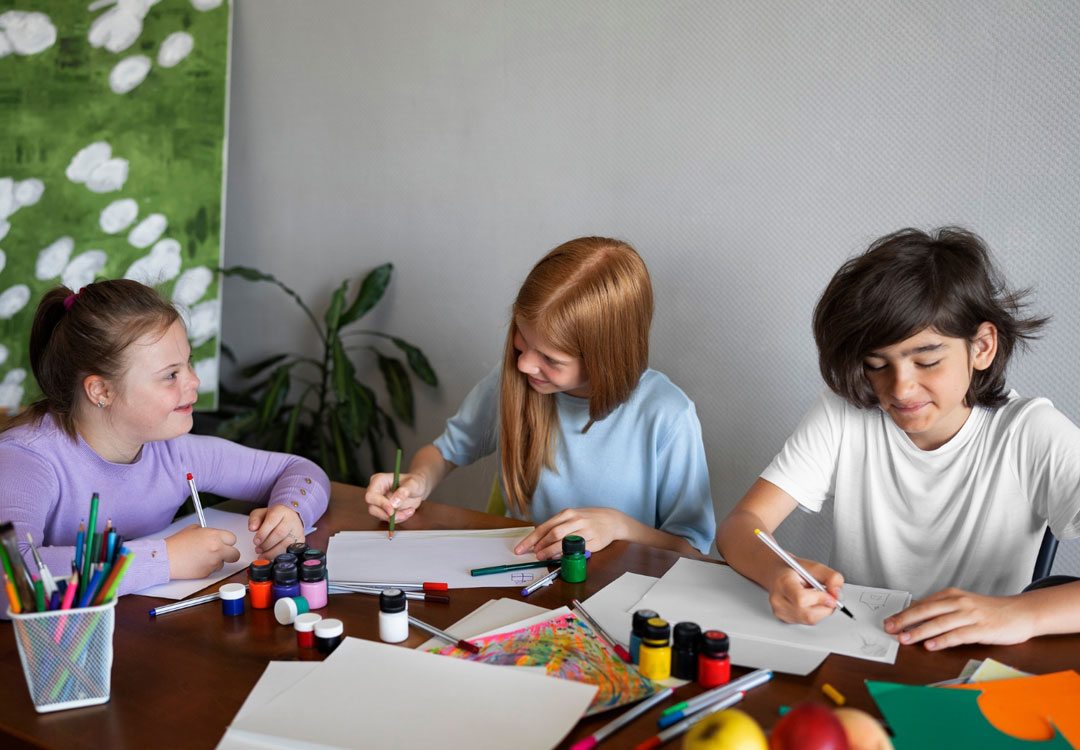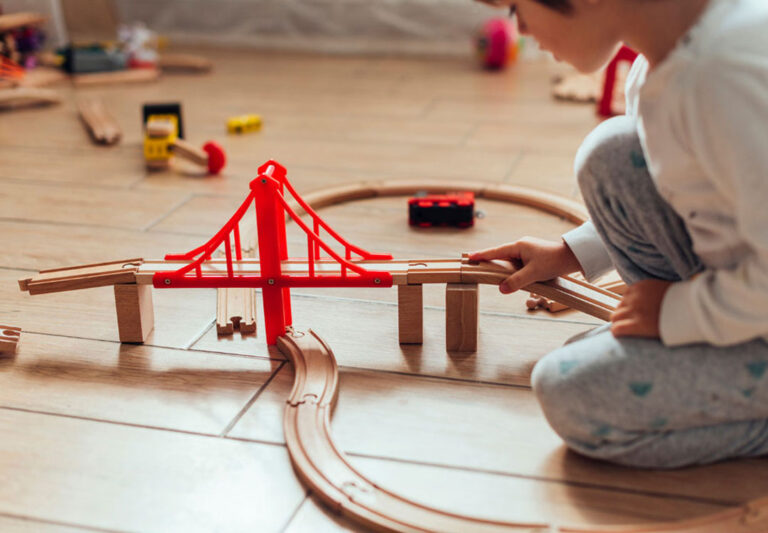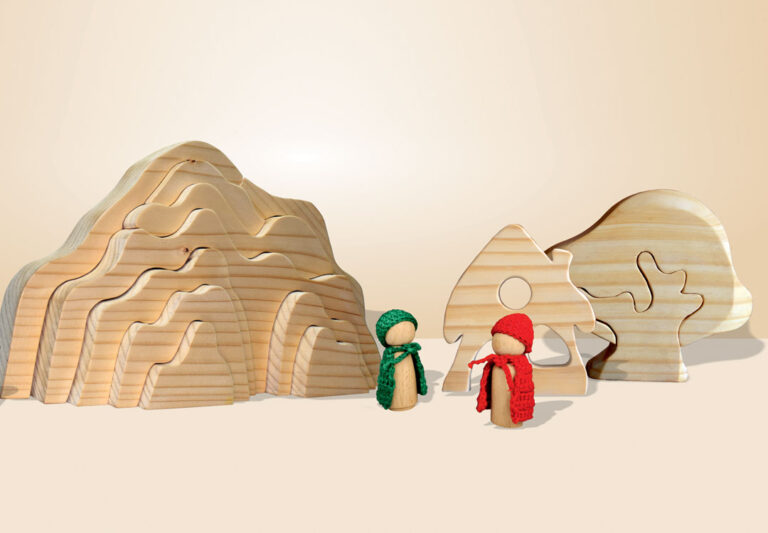Introduction:
In the quest for academic excellence, it’s easy to overlook the vital role that creative play plays in the educational journey. Yet, research has shown that incorporating creative play into formal educational settings is essential for nurturing children’s creativity, curiosity, and love of learning. In this blog, we’ll explore the importance of integrating creative play into the classroom, highlighting innovative teaching methods and curriculum approaches that prioritize hands-on, experiential learning to unlock children’s full potential.
Fostering Creativity and Innovation:
Creative play serves as a catalyst for fostering creativity and innovation—the driving forces behind progress and discovery. By providing opportunities for hands-on exploration, experimentation, and problem-solving, creative play empowers children to think outside the box, challenge conventions, and generate novel ideas. In the classroom, incorporating creative play allows children to engage with content in meaningful and imaginative ways, sparking their curiosity and inspiring them to explore new possibilities. Whether designing elaborate structures with building blocks, conducting science experiments, or creating multimedia presentations, children learn best when they are actively involved in the learning process, using their creativity to make connections and solve real-world problems.
Encouraging Active Engagement and Ownership of Learning:
Creative play promotes active engagement and ownership of learning, as children take on the role of active participants rather than passive recipients of information. By immersing themselves in hands-on, experiential activities, children develop a deeper understanding of concepts and ideas, as they explore and manipulate materials, make discoveries, and draw connections between different subjects and disciplines. In the classroom, incorporating creative play encourages children to take risks, ask questions, and pursue their interests, fostering a culture of curiosity, inquiry, and lifelong learning. Whether conducting hands-on experiments, collaborating on group projects, or presenting their findings to classmates, children are actively engaged in the learning process, building confidence and competence as they take ownership of their education.
Promoting Collaboration and Communication Skills:
Creative play also promotes collaboration and communication skills, as children work together to achieve common goals and share their ideas and discoveries with others. By engaging in collaborative projects and group activities, children learn to listen actively, communicate effectively, and respect others’ perspectives, fostering essential teamwork skills that are crucial for success in the 21st-century workplace. In the classroom, incorporating creative play allows children to collaborate with peers, share resources, and exchange feedback, as they work together to solve problems, explore new concepts, and create innovative solutions. Whether participating in group discussions, peer reviews, or collaborative projects, children develop essential collaboration and communication skills that prepare them for future academic and professional endeavors.
Conclusion:
In conclusion, incorporating creative play into formal educational settings is essential for nurturing children’s creativity, curiosity, and love of learning. By prioritizing hands-on, experiential learning experiences that engage children in imaginative and meaningful ways, educators can unlock children’s full potential, fostering a culture of creativity, collaboration, and innovation in the classroom. So let’s embrace the power of creative play and reimagine education as a dynamic and interactive journey, where children are empowered to explore, create, and discover the wonders of the world around them.





